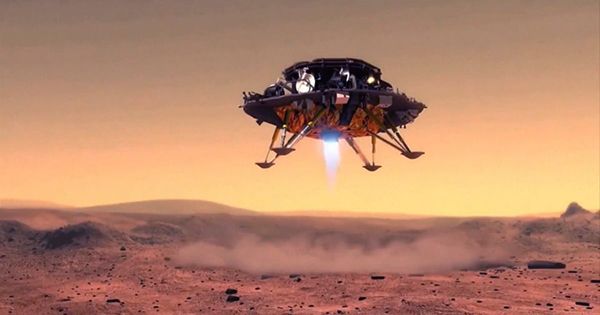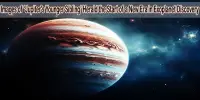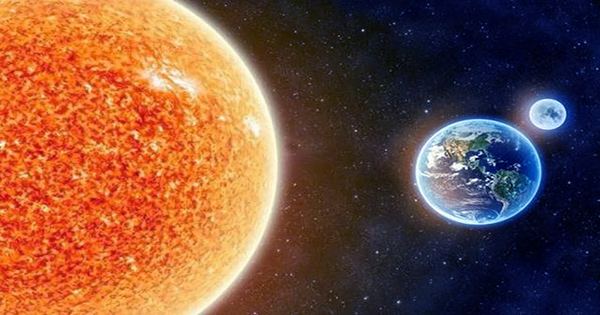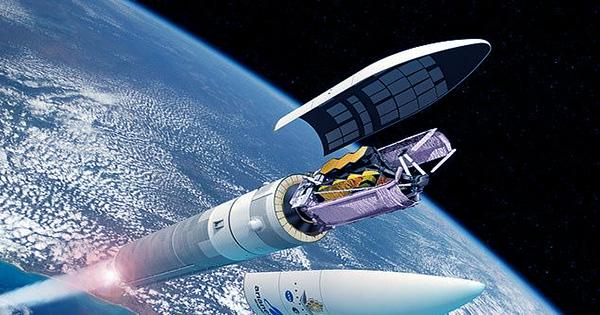Kepler-62f could be an Earth-like planet located approximately 1,200 light-years away from our planet. It is a super-Earth exoplanet orbiting within the habitable zone of the star Kepler-62, the most distant of five discovered by NASA’s Kepler spacecraft. The world is only 1.4 times the size of Earth and revolves around a star that is slightly dimmer and smaller than the sun. It is located in the constellation Lyra, approximately 990 light-years (304 parsecs) from Earth. It orbits its star in what is thought to be its star’s habitable zone.
Kepler-62f orbits its host star every 267 days and is roughly 40% larger in size than Earth. It orbits its star at a distance of 0.718 AU (107,400,000 km; 66,700,000 mi) from its host star with an orbital period of approximately 267.3 days, has a mass of at least 2.8x that of Earth, and a radius of approximately 1.41 times that of Earth. Kepler-62f’s size is known, but its mass and composition are unknown. It is one of the more promising candidates for potential habitability because its parent star is relatively quiet and has less mass than the Sun, allowing it to live for approximately 30 billion years. However, based on previous discoveries of rocky exoplanets of similar size, scientists are able to determine its mass by association.
Kepler-62f is most likely a terrestrial or ocean-covered planet based on its mass. However, key components of the exoplanet must still be evaluated to determine habitability, such as its atmosphere, if one exists, because it is located on the outskirts of its host star’s habitable zone.
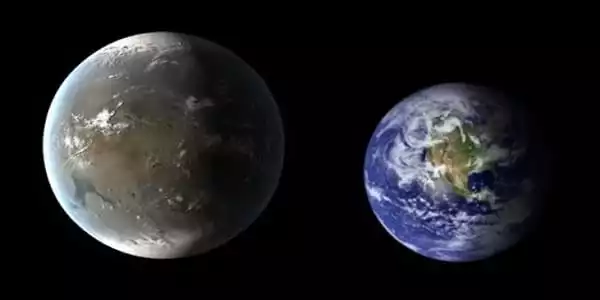
Discovery
Kepler-62f was discovered with the Kepler Space Telescope, which has discovered thousands of exoplanets since its launch in 2009. Every 267 days, the planet completes a full circle around its red dwarf star and orbits at roughly the same distance as Venus to the sun in our own solar system.
NASA announced the discovery of the exoplanet (along with Kepler-62e) in April 2013 as part of the Kepler spacecraft data release. The exoplanet was discovered using the transit method, which measures the dimming effect caused by a planet as it passes in front of its star. It is a potential candidate for the search for extraterrestrial life, according to scientists, and was chosen as one of the targets to study by the Search for Extraterrestrial Intelligence (SETI) program.
Physical characteristics
- Mass, radius and temperature
Kepler-62f is a super-Earth, an exoplanet with a larger radius and mass than Earth but less than the ice giants Neptune and Uranus. It has an equilibrium temperature of 208 K (65 °C; 85 °F), which is similar to Mars. It has a radius of 1.4 R☉, which places it below the radius of 1.6 R☉, which would otherwise make it a mini-Neptune with a volatile composition and no solid surface. It is most likely a rocky planet based on its radius. However, the mass is not yet constrained; estimates place an upper limit of 35 M☉, but the real mass is expected to be much lower. The true value, assuming a rocky composition, is most likely around 2.8 M☉.
- Host star
The planet orbits Kepler-62, a (K-type) star orbited by five known planets. The star has a radius of 0.64 R☉ and a mass of 0.69 M☉. It is 7 billion years old and has a temperature of 4925 K. The Sun, on the other hand, is 4.6 billion years old and has a temperature of 5778 K. With a metallicity ([Fe/H]) of 0.37, or 42 percent of the solar amount, the star is somewhat metal-poor. It has a luminosity (L) that is 21% that of the Sun.
The apparent magnitude of the star, or how bright it appears to us from Earth, is 13.65. As a result, it is too dim to see with the naked eye.
- Orbit
Kepler-62f orbits its host star every 267.29 days at a semi-major axis distance of approximately 0.718 astronomical units (107,400,000 km, 66,700,000 mi), which is roughly the same as Venus’s semi-major axis distance from the Sun. This is roughly seven-tenths of the distance between Earth and the Sun. Kepler-62f is estimated to receive approximately 41 percent of the amount of sunlight that Earth receives from the Sun, which is comparable to Mars’ 43 percent.

